Allergy pandemic in horses
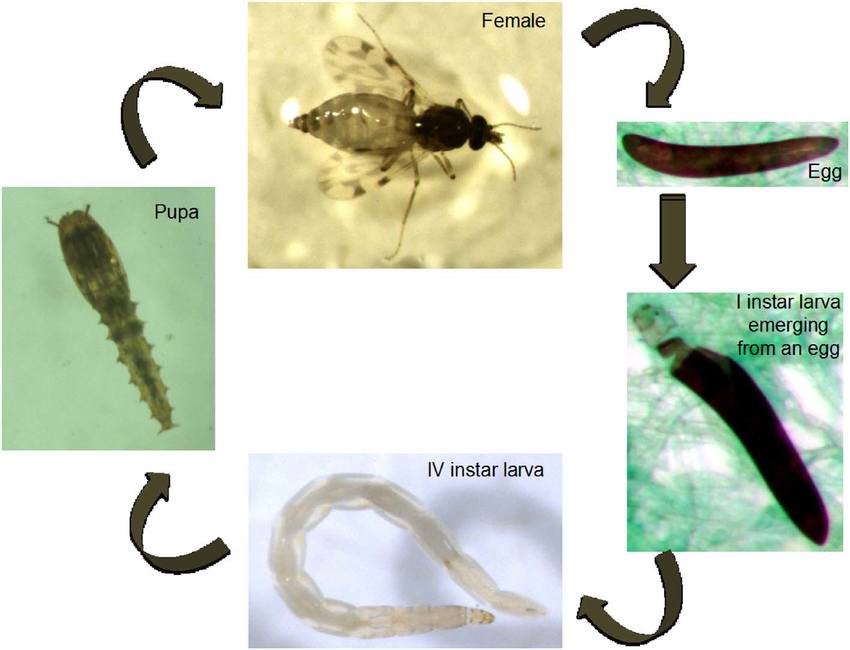
Part 1
- Allergy is a disproportionate reaction of the immune system: the body develops inflammation to defend itself against an element of its environment that it mistakenly identifies as an aggressor when it is not.
- The allergen is that part of the environment that triggers the reaction.
- Allergic horses have a predisposition (we will see this in a future article) and develop a defensive reaction that turns against themselves.
What are the different allergens?
les respiratory allergens that enter the body through the respiratory tract: it is airborne dust (see below).
Airborne allergens are transported by:
- the wind, the air displaced by the movements, the spray,
- different media: larger dust, animals, fabrics ...
and food allergens, which are swallowed: these are the food. Some more than others:
we will see that the method of cultivation matters a lot,
corn, soybeans, ...
but also contact allergens : penetration is through the skin. This happens with certain stinging plants (hops, clematis, hogweed, etc.),
as well as injected allergens :
venoms from insects, such as horseflies or Culicoid midges responsible for Recurrent Equine Summer Dermatitis,
drug allergies causing anaphylactic shock.
What are the symptoms ?
the horse coughs and may have breathing difficulties up to respiratory distress,
- he snorts to free his nostrils,
his eyes flow,
swelling and swelling form on the skin,
they are itchy and scratchy and scratchy, with some areas more at risk than others.
Respiratory allergies: what is dust?
Dust, varies in size and composition. It is a mixture of:
- dried mud,
- particles from soil erosion, plowing,
- excrement (including dung),
- artificial and natural fibers,
- pollen,
- microscopic fungi,
- insect fragments,
- pollutants,
- fur, hair, dead cells,
- volcanic debris,
- fire debris,
- sand,
- salt,
- microbes,
- and even a tiny amount of meteor dust ...
Next week we will see some aggravating factors… and what to do to prevent allergies and help our horses.
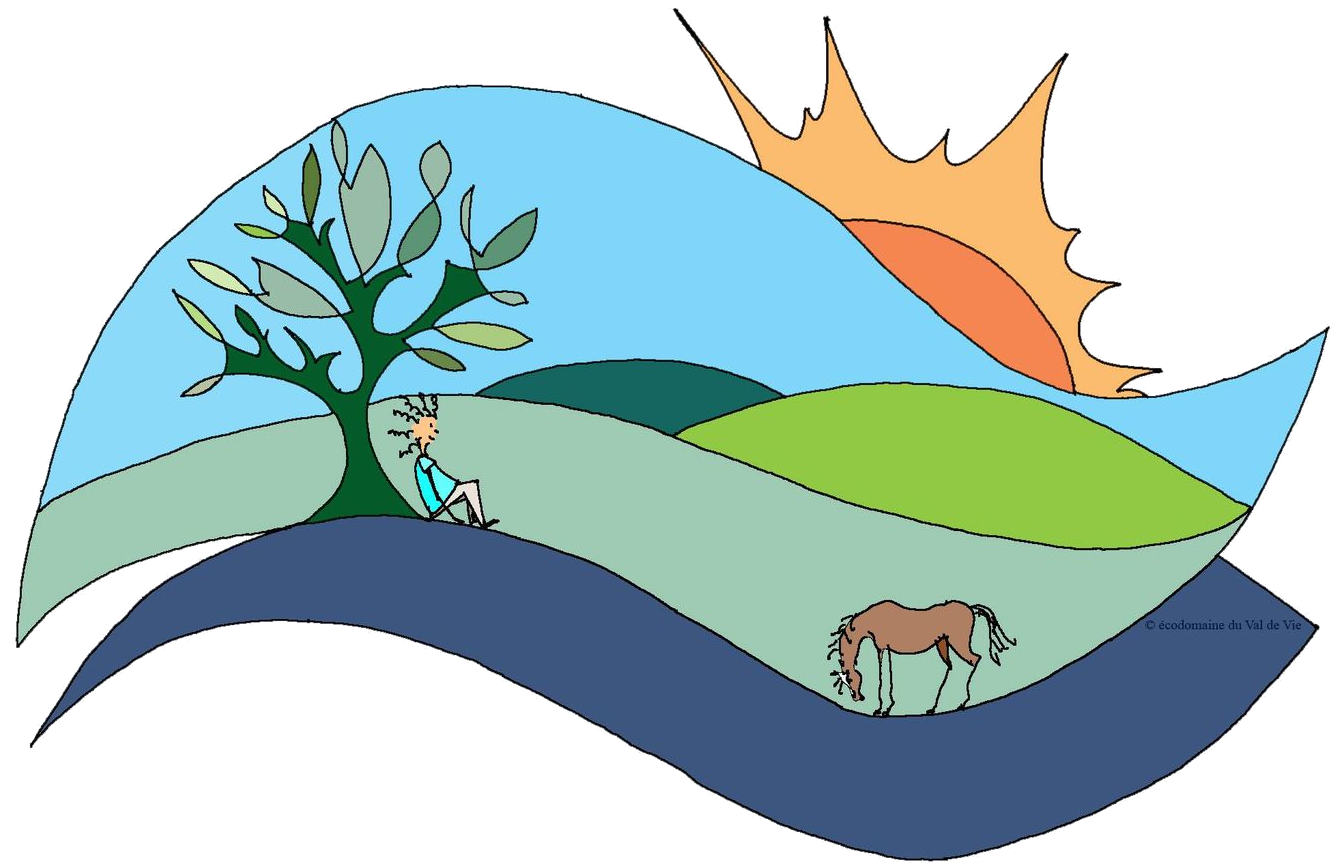
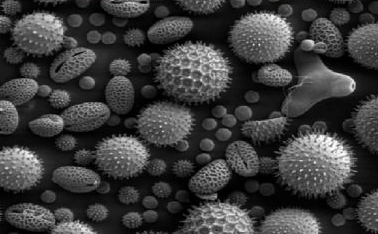
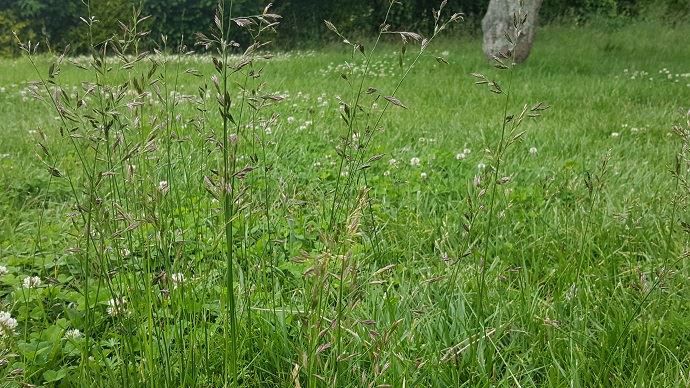
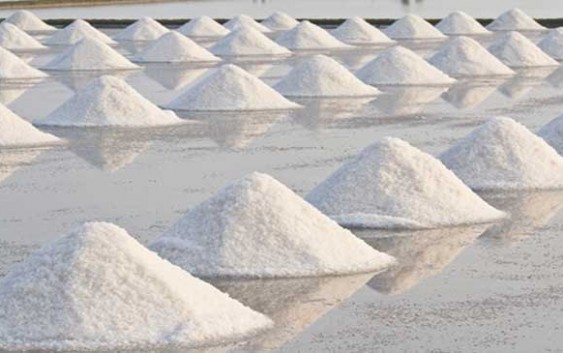
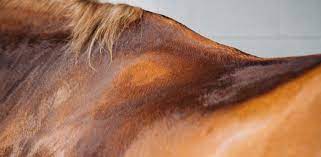

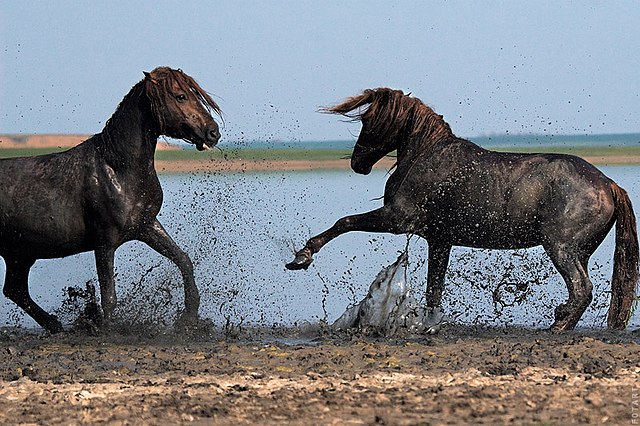
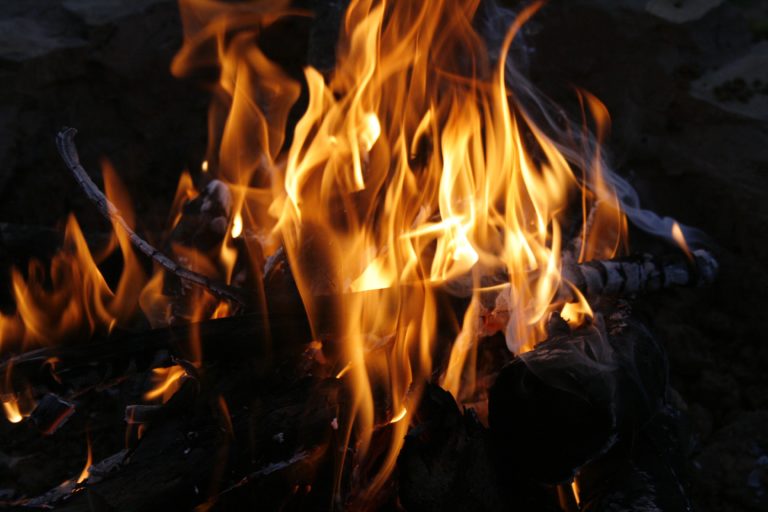
One Comment